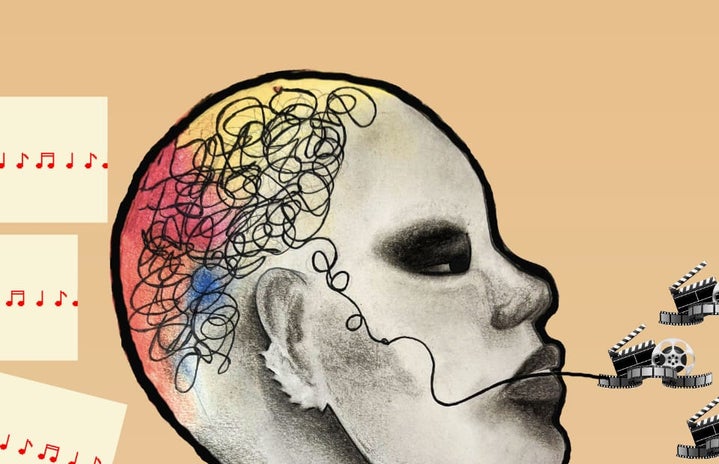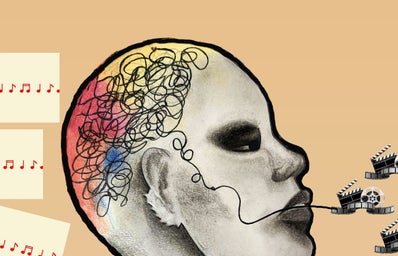Edited by Janani Mahadevan
If you’re on any type of social media platform (and I assume you are since that’s probably how you found this article), then chances are you’ve seen words like ‘trigger warning’ and ‘content warning’ tossed around. So, what are they, what’s the difference between the two, and why do they make so many people so inexplicably angry?
A trigger warning is used to reference themes in a post, article, or message that may psychologically trigger a person by referring to aspects of mental health treatment or past trauma in order to be mindful of people’s mental well being. With the advent of social media activism, people don’t have full control over keeping triggering material off their feed, since the trigger could well come from a post shared to a college friend’s story. Such warnings help to warn people to either skip the post or at least mentally prepare themselves before interacting with material that could cause them harm.
A content warning, on the other hand, is slightly more generalised. A reference to generalised violence, for example, may require a content warning over a trigger warning. The line between the two is not clearly demarcated, but the point is that as long as there is some kind of warning highlighted in a way that a person can see it before choosing whether or not to continue interacting with the content you have posted or shared, the warning has served its purpose.
The source of their contentions often comes from people claiming that they’re contributing to political correctness or “PC culture”– by providing people with trigger warnings, one might actually be harming the natural flow of information since it allows people to selectively engage. The backlash against trigger warnings and content warnings is particularly visible on college campuses where many professors claim that trigger warnings are anti-intellectual (again, because they may lead to selective engagement) and because they ‘infantilise’ the student body. Another, more sympathetic contention towards trigger warnings is that since people have such vastly differing experiences, what may be triggering to me may not be triggering to you and vice versa. Thus, even if people provide trigger warnings with the best of intentions, it is still not a perfect system since it relies so much on subjectivity and may still end up triggering people, despite the best of intentions.
Both of these contentions seem to be missing the point. In response to the first, it is true that the use of trigger warnings may lead to selective engagement, but do people engage with every single piece of media and content they come across as it is? Do professors really believe students read every single text that is assigned for a class? Moreover, the purpose of trigger warnings is not necessarily to encourage selective engagement but to allow people a choice in the matter and, perhaps, more importantly, to truly warn them about the content they are about to engage with. Most people that I know will usually still read a piece that has trigger warnings applicable to them on it, but it does allow them to prepare themselves so that reminders of their trauma don’t come out of the blue.
As for the second objection to the popularised use of trigger warnings, it is true that you may not be able to capture everyone’s experiences and that the content you create and share may end up triggering people despite your best intentions. However, it is also true that trigger warnings could help to decrease the harm caused by a large extent. Just because you cannot be mindful of everyone is no reason to justify being mindful of no one.
The point of trigger warnings and content warnings is to be empathetic towards other people’s experiences and remain mindful about how these experiences and memories can affect their perception of content that is seemingly benign to you. You may not think that they’re helpful, but it doesn’t hurt anyone to add a couple of words on an Instagram story. Far outweighing the benefits is the harm of not adding them, however; it could have negative consequences that the person who shared the story might not want to deal with. Calling basic human empathy ‘political correctness’ leads us into a trap where the only way to not be ‘politically correct’ is to be absolutely and needlessly horrible to other people, and what kind of world would be creating by doing that just to prove a point?



